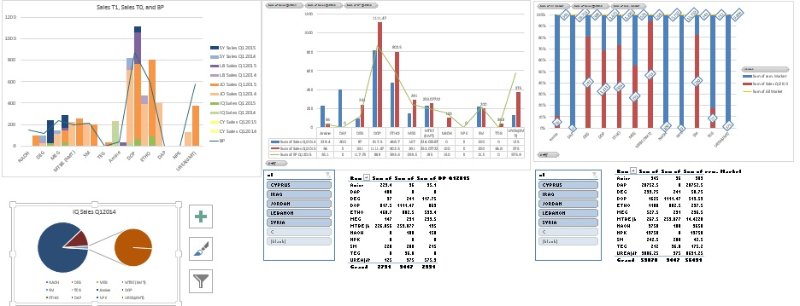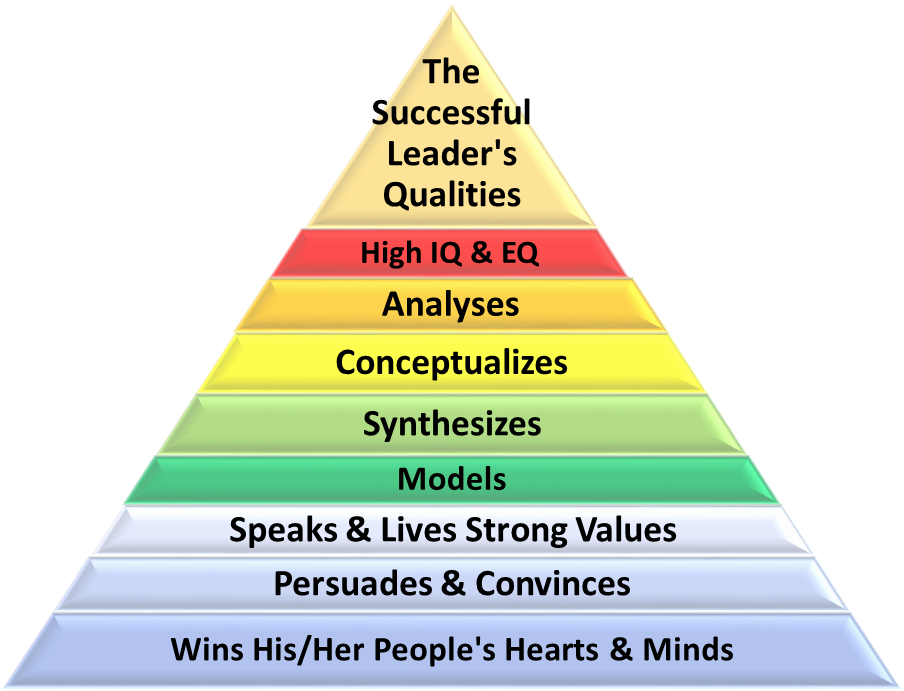We have seen in previous Newsletters that an effective Performance Management System is a sine-qua-non prerequisite for successfully managing our organization. And that a PM system is based on establishing a Balanced Scorecard (BSC) of Key Performance Indicators (KPIs) for effectively managing the organization’s processes.
During business planning, we set targets and monitor periodically actual values for each KPI. This is the way we monitor the execution of our plan, identify where we lag in performance and take corrective action.
To be able to do this effectively and efficiently, we formulate our dashboard. The dashboard covers, at least, the KPIs for which each one of us, from the CEO down to Team Leaders and Gang Foremen is responsible, i.e. for the processes which have been allocated to each one of us.
Dashboards are great tools—they allow us to quickly visualize, pinpoint and drill down to the more analytical data that gave rise to the compound values we have in our dashboard.
As Managers striving to be successful, we ask ourselves:
>> Are dashboards adequate for managing our organization?
The answer is simple!
Dashboards are just one more management tool. They present a snapshot of data at a point in time and/or for a past period. They are like thermometers indicating the temperature of a living creature.
We, managers, similar to medicine doctors, need to interpret that information, analyse it, diagnose the situation, plan our response and then follow up. In other words, we need to lead and manage.
>> So, when a dashboard isn’t enough and what should we do?
> Managerial insight
The successful manager distinguishes him/herself by being able to understand the broader context of the data reported by dashboards and translate it into information and knowledge that drives effective decision-making.
Managerial insight helps complement any missing quantitative dashboard data with qualitative information which is derived from knowledge that is inherent to process, project and people management. This insight helps us re-evaluate a situation and revise our plans.
> Jeopardy warnings
The dashboard is a picture of the past! By the time our calendar presents it before us, it is often too late!
We need to remember that for each KPI there exist a number of Critical Success Factors (CSFs), and Inhibitors needing removal! These must constitute KPIs of our subordinate and/or peer managers –lagging KPIs for them, but leading KPIs for us!
As soon as below-par actual values and/or delays in attaining minimum acceptable values are captured, jeopardy warnings need to be raised at all relevant levels and people, so that proactive, or even early reactive, action is taken –otherwise it may be too late for any action!
So KPIs monitoring CSFs and/or Inhibitors will tell us what may go wrong in the (near or far) future.
Ideally, our Business Intelligence (BI) system must present not only our own dashboard, but also related project and process information. The use of tolerance levels, where applicable, implemented, ideally, in a Hoshin Kanri (about which in future Newsletters) mode, can help substantially.
> Putting information in context
Aggregating data plus analysis is a necessary skill and work for the successful manager. So mapping the data in a meaningful way can show us where we were last month, what we planned to do then and what we achieved in the mean time.
By looking at a situation in context, we can spot previous points of contention, inhibitors and opportunities and take appropriate action with better chances for success. (We referred extensively in our Leadership Newsletters.)
> The big picture
To successfully manage, we need to have a helicopter picture of what is happening in our organization. We need a broad-angle lens.
A dashboard may not give us a wide enough picture. In many cases, we need information from diverse internal and external sources –some will come from structured production databases, others from unstructured ones, such as emails and publications or even from social media and competitive intelligence (CI).
We need to link all this information contextually, not just have it presented independently – be it financial, personnel, IT, supply chain, logistics and so on.

> Follow-up on planned actions
>> Does our dashboard & BI system tell us whether we have met our commitments? It is important that we have help in reviewing what is happening and how our plans for action progress. Our management meetings need to be well prepared and cover all necessary ground. They need to be based on hard evidence!
> Strategic Project progress
Do we follow-up the progress of our strategic projects, or we get stuck in tactical issues and forget our long-term goals?
Unfortunately, dashboards are usually based on (near-) real-time operational (tactical) production data. They rarely cover strategic project progress. This is, at first sight, reasonable, since strategic project progress is evaluated using their deliverables and not KPIs. Operational data may appear to be satisfactory for the current but, in reality, detrimental for the long-term.
A linkage between tactical and strategic information is absolutely necessary, since in many cases the reason we have formulated our vision-dictated strategic projects is to improve our mission-dictated process KPIs.
This is particularly important when the responsibility for tactical and strategic results lies with separate different divisions/departments -in many cases geographically disperse!
> Alignment
We covered in previous Newsletters extensively the need for alignment. We cannot lead successfully without achieving alignment!
Dashboards may work against alignment if they present a narrow (departmental) picture. They need to show how our results relate to peer results which are in reality closely interlinked with ours.
Do remember:
The successful leader remembers, every single day, that leadership is
 not equivalent to simply “directing his/her orchestra”, but rather leading the writing, &/or interpreting, of the script and music, teaching his co-players how to play correctly their instruments, coaching them to passionately play as an organic team -sharing the same values-, guiding them to play in a coordinated manner, then, and only then,
not equivalent to simply “directing his/her orchestra”, but rather leading the writing, &/or interpreting, of the script and music, teaching his co-players how to play correctly their instruments, coaching them to passionately play as an organic team -sharing the same values-, guiding them to play in a coordinated manner, then, and only then,monitoring their performance as individual players and as a whole and, lastly, directing them in delivering passionately superb value to all stakeholders: their customers, themselves (as players/ employees), their sponsors/ organization owners, their community –be it the village, the city, the country, even the planet itself!
To be able to do this, the successful leader needs hard evidence: data, turned into information which he/she turns into knowledge and, hopefully, into wisdom - no dashboard is adequate for this, but a well conceived one can help a lot!
4.3.2016


